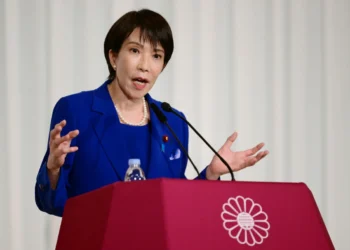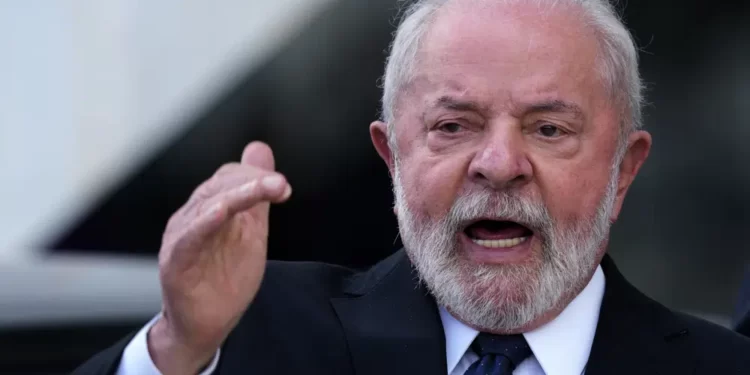Goldman Sachs on November 23, 2021 forecast India’s GDP to grow at 9.1 percent year-on-year in 2022 from 8 percent in 2021, driven by consumption. The recent forecast shows promising signs of the country recovering from the global shock, following a sharp contraction of 7 percent in 2020.
Goldman Sachs, the multinational investment bank and financial services company, in its latest forecast, sees nascent signs of private corporate capital expenditure recovery, including a revival in housing investment and also forecast the continuation of government capital spending next year.
“We expect consumption to be an important contributor to growth in 2022, as the economy fully re-opens, driven by a notable improvement in the virus situation and adequate progress on vaccination”.
Goldman Sachs
Inflation outlook
Offering its views and analysis on major economic metrics for the forthcoming year, Goldman Sachs forecast inflation to rise to 5.8% year-over-year in 2022 from 5.2% in 2021, driven by a rise in core inflation as manufacturers pass on input cost increases to consumers, considering demand recovers as the economy recovers fully.
According to the Goldman Sachs report, the Reserve Bank of India (RBI) is currently in the second stage of liquidity tightening as part of its four-stage monetary policy normalization. Goldman Sachs expects this second stage to end with repo rate hikes.
“In our view, the RBI will likely move to stage 3 [reverse repo hike] by the end of this year and start hiking repo rates from Q2 2022. We expect a cumulative 75 basis points of repo rate hikes in 2022”.
Santanu Sengupta, India, Economist at Goldman Sachs
Meanwhile, Goldman Sachs commodities strategists expect crude oil prices to be higher in 2022 on average than 2021. Due to dearer crude, the bank forecast current account deficit (CAD) to expand to $52 billion.
“However, we think the impact on the overall balance of payments surplus will be relatively muted, as we expect capital flows to remain buoyant in CY22 [calendar year], given a robust IPO pipeline and passive bond inflows with India’s likely inclusion in the JPM GBI – EM Bond Index by end-2022/early 2023”.
Goldman Sachs
External Vulnerability Indicators
Goldman Sachs highlighted that the external vulnerability indicators for India are looking better when compared to the ‘taper tantrum’ episode.
Commenting on the rupee, Goldman Sachs global forex strategists view a relatively benign dollar in the medium term and observed that the carry-to-volatility in Indian rupee remains highly attractive, though the pair is unlikely to see a lot of spot appreciation with rising oil prices.
On job creation in the organized sector, Goldman Sachs observed a substantial pickup in 2021 led by the information technology (IT) sector. It said IT job postings in Q3, 2021 rose by 75% compared to three months pre-COVID-19 average.
Though the Indian housing cycle has been in a slowdown since 2012, Goldman Sachs said there are signs of a turnaround, as observed by the rise in market transactions by its equity analysts. Four key drivers, two each from the supply side and demand side are propelling the housing cycle.
Finally, on Food Inflation, the forecast expects food prices to remain contained on the back of adequate supplies and buffer stocks of key agricultural commodities and restoration of supply chains among others.
READ ALSO: Trade Balance Records Best Performance So Far This Year In October






















